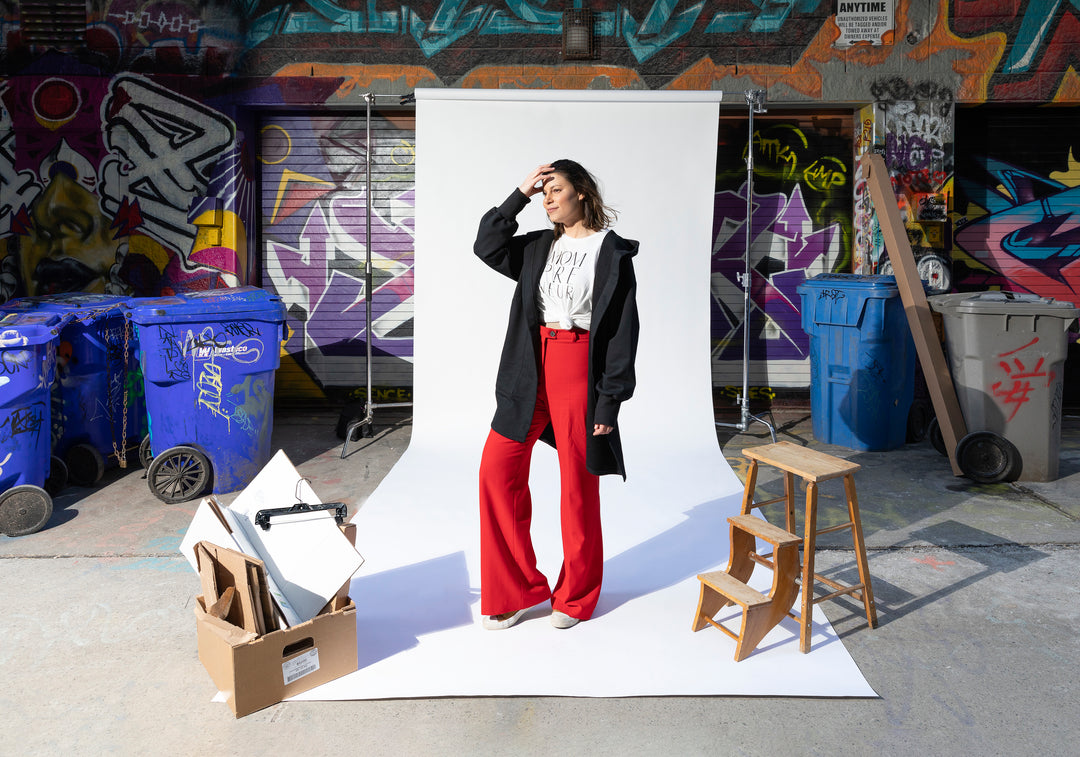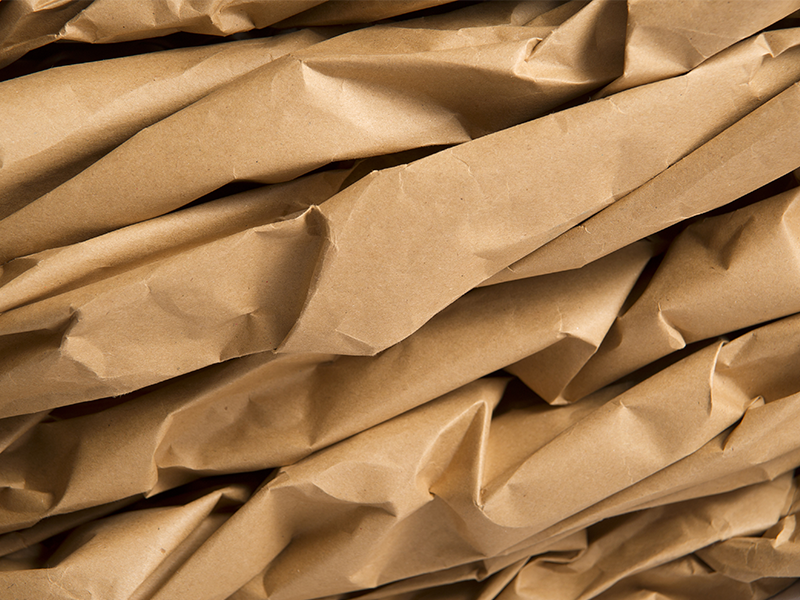A Century Ahead: The Evolution of Nudnik and the Future of Fashion
As I sit in my home in the year 2023, at the helm of Nudnik - a company built on upcycling waste into fashion - I find myself captivated by what the world, and indeed the fashion industry, might look like a hundred years from now. With the rapid evolution of technology and an increasing focus on sustainable practices, it's both exhilarating and overwhelming to envision the future.
Artificial Intelligence (AI), which is already making strides in our everyday lives, could become our personal assistant, stylist, and advisor. I envision a time when AI will understand our individual style preferences, body measurements, and even anticipate our clothing needs based on upcoming events, weather conditions, or changing trends. In a world where data is king, AI could analyze our past choices, current wardrobe, and future needs to predict and create fashion that we love and value.
The potential advancements in fashion are particularly exciting. Clothing production might move away from mass-produced, factory-based models to more locally-tailored, sustainable practices. Imagine choosing a design from a digital catalogue, customizing it to your taste, and your personal 3D printer crafts it using biodegradable materials. Every piece of clothing would be a perfect fit, reducing the waste generated by 'fast fashion' and return orders.
In terms of materials, we might see a shift from traditional fabrics to smart, sustainable alternatives. Fabrics could be engineered to change color depending on temperature or mood, adjust their form to fit the wearer perfectly, or even clean themselves, reducing the need for frequent washing and thus saving water. The use of biodegradable materials could become standard, ensuring that every garment, once it has served its purpose, returns to the earth without leaving a trace.
Sustainability, a rising concern in 2023, might become the norm in 2123. The principles of the circular economy, where waste is minimized and resources are continually used and reused, could be universally adopted. When a garment reaches its end of life, instead of being discarded, it could be broken down into its basic fibers by specialized recycling machines, ready to be re-spun into new threads.
My hope is that the current business model of Nudnik, built on upcycling waste, will be a thing of the past. Today, waste is a design flaw, and Nudnik was born out of the desire to address this problem creatively, to turn waste into something valuable rather than consigning it to landfills. But in 2123, I dream that waste itself will become obsolete, rendered unnecessary by innovative design and efficient resource use. The very idea of waste could be transformed - from being an unwanted byproduct to a resource waiting to be harnessed.
This approach could extend beyond clothing to all aspects of life. Homes might be equipped with waste management systems that sort and recycle waste automatically. Cities could have infrastructures that capture and convert waste into energy. Nanotechnology could be deployed to clean up pollution at a molecular level, restoring air, water, and soil quality. The global issues of waste that we grapple with today could be completely eradicated, replaced by a system that values and utilizes every resource.
Our efforts to combat climate change today could result in significant improvements in 2123. Renewable energy sources might become the only sources, powering everything from homes to industries. Electric vehicles, already gaining popularity, could become the standard, and cities might redesign their infrastructure to prioritize pedestrians and cyclists, reducing carbon emissions further.
The fashion industry, once a significant contributor to environmental degradation, might transform into a champion of sustainability. It could lead the way in adopting circular economy principles, innovating in the use of sustainable materials, and promoting conscious consumerism. It might set an example for other industries, proving that it's possible to be successful while respecting and preserving our planet.
Looking forward, I see a future where technology enhances our lives, sustainability is a way of life, and fashion is a reflection of our values. As I sit here in 2023, the world of 2123 seems both fantastical and within reach. If we continue on our current path of technological innovation and commitment to sustainability, these visions could very well become reality. Here's to a future where companies like Nudnik are no longer needed to upcycle waste, but instead, contribute to a world where waste doesn't exist at all.
Now, I'd love to hear from you. What do you imagine the world will look like in 2123? How do you think technology and sustainability will shape our future? Share your thoughts!




Leave a comment